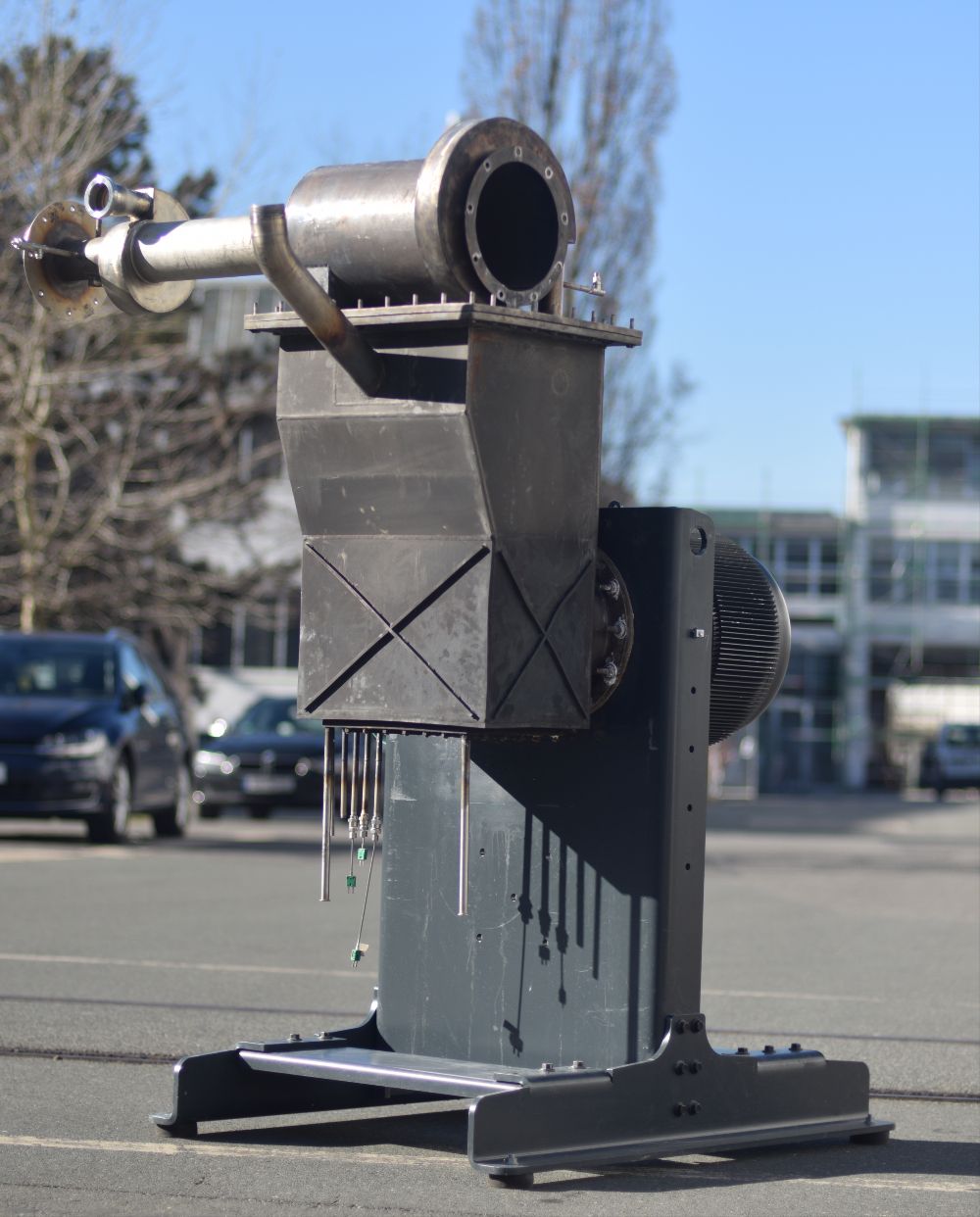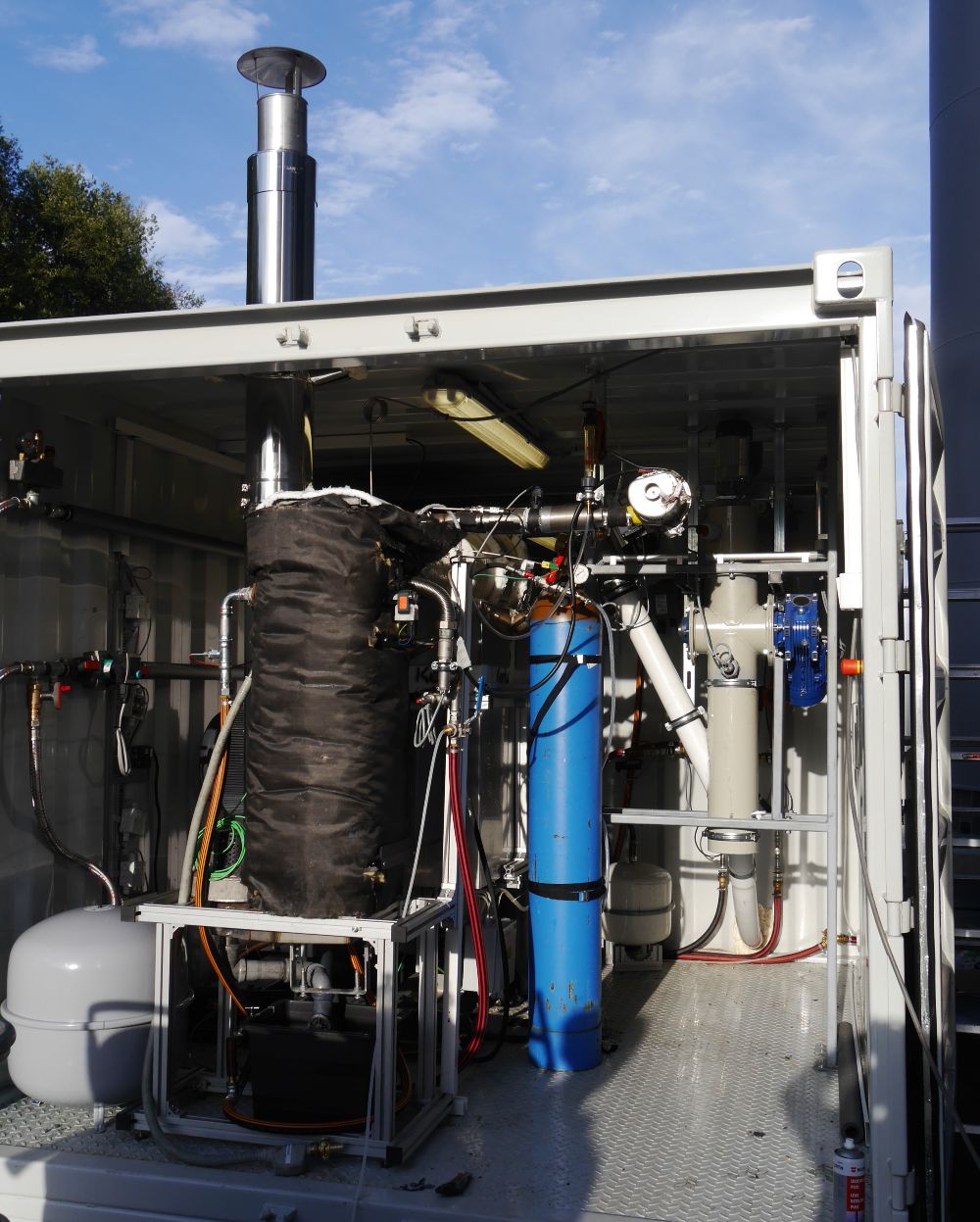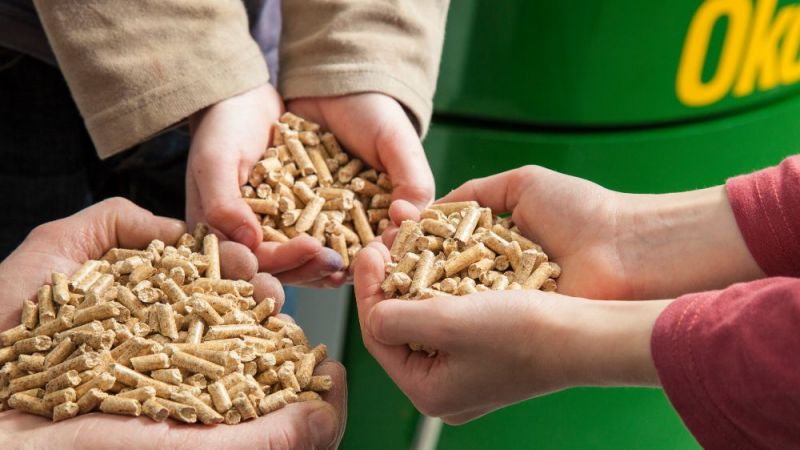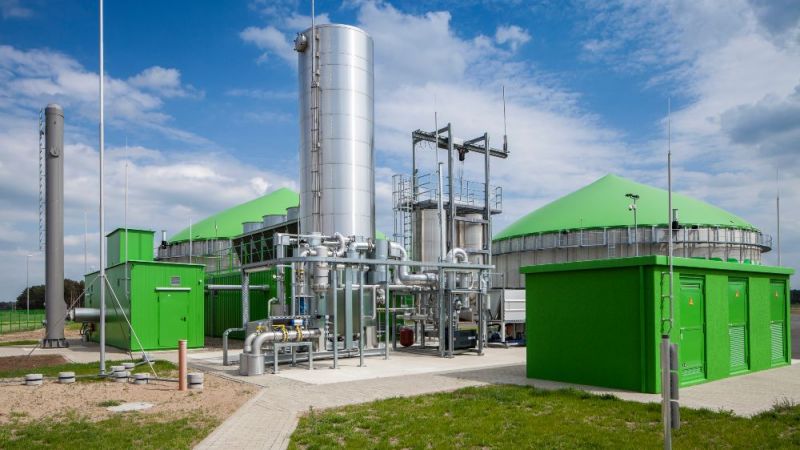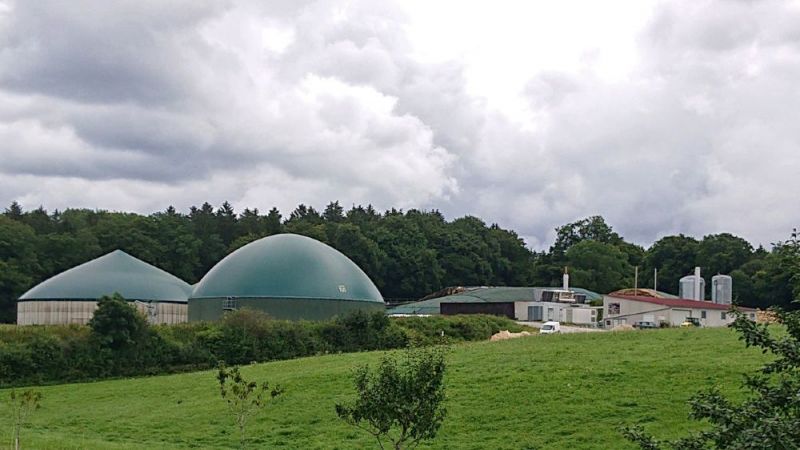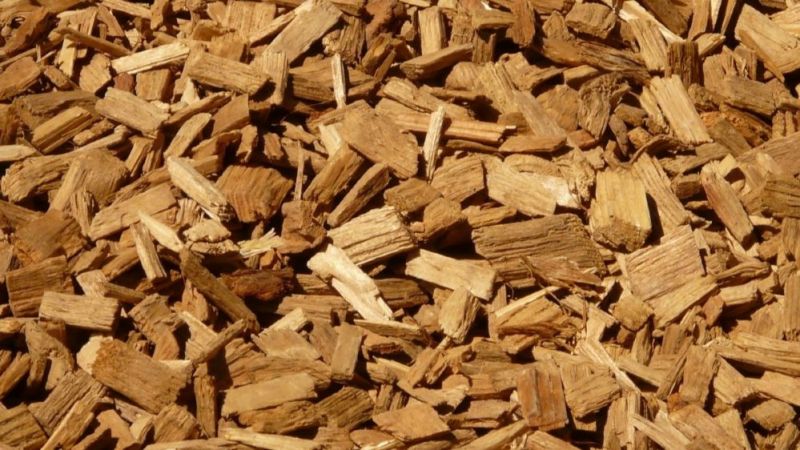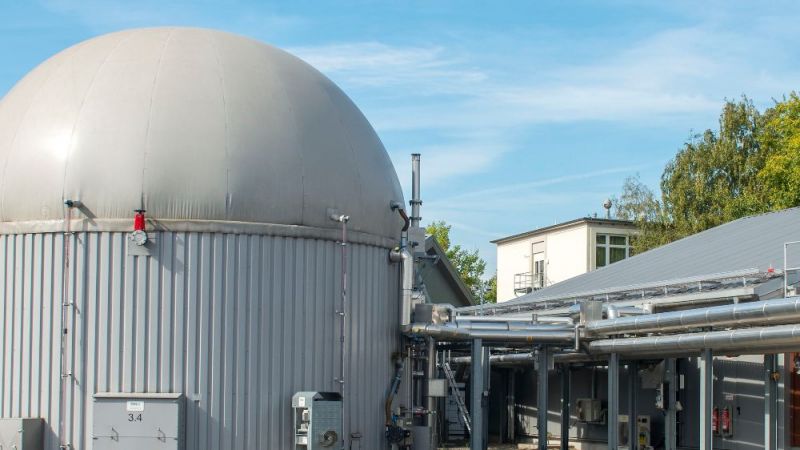Bioenergy
Generating power with biogenic waste
How can bio-waste be used for energy direct on site? A team of researchers developed a mini combined heat and power generation concept with a Stirling engine for this purpose. This will in future offer an interesting option for generating power, especially for smaller wood-processing businesses and in the agricultural sector.
Until now, large amounts of biogenic waste, such as wood, straw and sewage sludge residues, have remained unused for electricity generation. The currently available grate furnaces, where the fuel is placed on a grate, have to provide high combustion temperatures, which can cause problems. Residues are for instance deposited on surfaces of the heat exchangers. Scientists in the BioWaste Stirling project therefore developed an efficient mini combined heat and power generation system (CHP) for various biogenic fuels and tested it in the field. This consists of a fluidised-bed combustion system and a Stirling engine.
Fluidised-bed combustion systems offer numerous advantages that make their combination in a CHP concept attractive. For example, the fuels are mixed turbulently. This distributes the temperature evenly in the fluidised bed. In addition, the bed material used, usually quartz sand, enables very good heat transfer and so-called hot spots can be avoided. This means that a variety of fuels can be used very flexibly for fluidised beds.
The innovative approach of CHP with Stirling is: The heat exchanger of the Stirling engine is located directly in the fluidised bed. This reduces the necessary excess air. The efficiency of the combustion can therefore be increased. At the same time, the melt temperature of the ash is not exceeded because the Stirling engine cools the combustion process. This means that fewer so-called cakings form on the heater head of the Stirling engine. The project teams already achieved an electrical efficiency of up to 16 per cent and a fuel utilisation efficiency of 85 per cent with the pilot plant for ligneous fuels.
From the laboratory to the pilot plant in the field trial
The fundamental concept of the pilot plant developed is based on a design that was successfully tested on a laboratory scale. This enabled the researchers to optimise the design and adapt it to increased output. The result is a self-sufficient CHP system with 45 kilowatts of thermal and 5 kilowatts of electrical output, built in a mobile container. First, the teams of scientists put the plant into operation in the laboratory, where they already achieved the Stirling engine's planned rated output of 5 kilowatts. After the successful trial run, the first successful field trials with wood pellets took place.
Waste wood for mini CHP system
After successful long-term operation with commercial wood pellets, the researchers conducted long-term tests with waste wood pellets, sewage sludge, straw and miscanthus pellets. Miscanthus, which is often referred to as elephant grass, is a very fast-growing plant that is also known as energy grass. This was to demonstrate the fuel flexibility of fluidised-bed combustion. The results confirmed that ligneous waste is particularly suitable for the new system. From the experiments with sewage sludge, straw and miscanthus pellets, the research team identified optimisation potential and clear recommendations for action to further improve the plant.
The new biomass CHP plant with a Stirling engine offers the opportunity to use biogenic waste materials for decentralised power generation in the future. Particularly for wood-processing and agricultural businesses, this option can be an interesting novel alternative. (mm)


